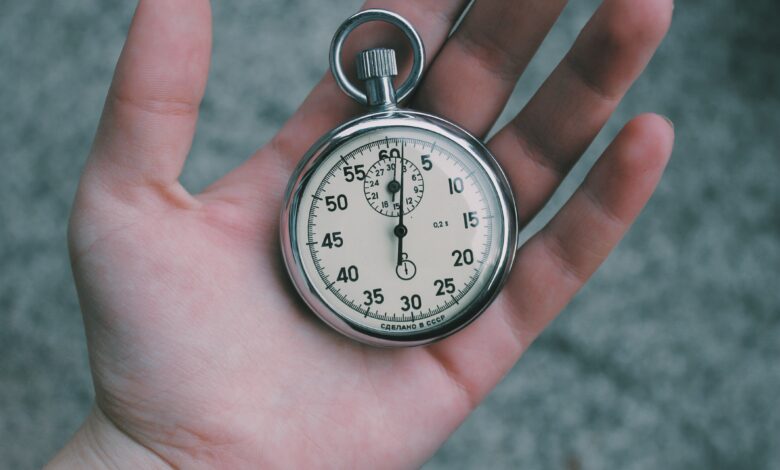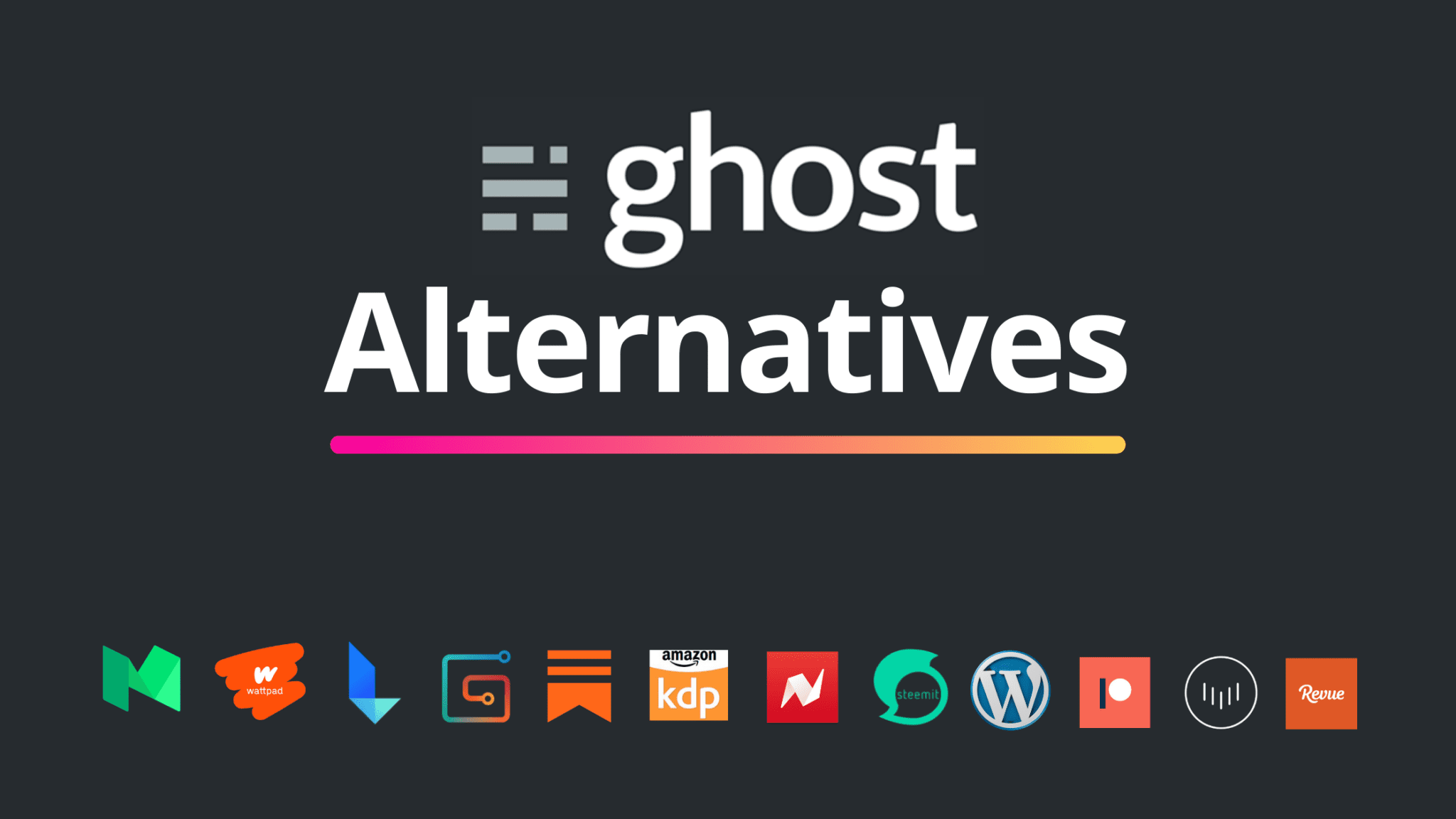What is the Difference Between Timesheet and Attendance Sheet?

At first glance, timesheets and attendance sheets might appear to serve the same purpose. However, a deeper exploration reveals that they are distinct tools, each contributing to organizational success in its own way. Grasping this distinction can be pivotal for businesses aiming for meticulous record-keeping.
Timesheet: Definition and Purpose
A timesheet is primarily a document or software where employees record the amount of time they have spent on various tasks or projects. Organizations often use timesheets to allocate resources, invoice clients, and calculate payroll. It allows managers to understand how much time an employee is dedicating to specific tasks and whether deadlines are being met.
Components of a Timesheet
- Employee Information: Includes details like the name, department, and employee identification number.
- Date Range: Specifies the period for which the timesheet is valid, usually weekly, bi-weekly, or monthly.
- Task or Project Information: Describes what the employee is working on.
- Time Entries: Indicates the time spent on each task or project, usually broken down into hours and minutes.
- Approval Mechanism: Supervisors or managers must often approve the entries, verifying their accuracy.
Attendance Sheet: Definition and Purpose
Contrary to a timesheet, an attendance sheet is a straightforward document used to record the presence or absence of employees. Typically used for compliance and HR purposes, it serves as evidence that employees are fulfilling their work hours as agreed upon in their contracts.
Components of an Attendance Sheet
- Employee Information: Similar to a timesheet, it includes details like the name and department.
- Date: Often maintained on a daily basis, indicating which employees were present, late, or absent.
- Check-in and Check-out Time: Records when employees arrive at and leave work.
- Signatures or Verification: Some organizations require employees or supervisors to sign or initial the attendance sheet to confirm its accuracy.
Differences between Timesheet and Attendance Sheet
Focus on Detail
While timesheets are concerned with how employees use their time at work, focusing on tasks or projects, attendance sheets merely track presence or absence.
Usage
Timesheets are widely used in settings where project management and client billing are necessary. Attendance sheets are more commonly found in traditional office settings or educational institutions.
Data Complexity
Timesheets contain granular details about work accomplished. Attendance sheets offer a more generalized view, capturing only arrival and departure times.
Functionality
Timesheets can be integral to project management, resource allocation, and billing. Attendance sheets usually serve a more limited role in HR and compliance.
Record-Keeping
The nature of the data in timesheets often demands a more secure and complex storage system, while attendance sheets are usually simpler and easier to maintain.
Practical Applications
When you need to calculate work hours for payroll purposes but do not require detailed task tracking, an attendance sheet suffices. On the other hand, if your projects involve multiple team members contributing different skill sets over varying timeframes, a timesheet becomes indispensable.
For those looking for a practical tool to calculate work hours, consider using a free time card calculator. It offers a straightforward way to tally hours, streamlining the payroll process without diving into the complexities of task allocation.
Cost Implications
Both timesheets and attendance sheets can have an impact on a company’s budget, but in different ways. Timesheets can directly influence billing and invoicing, especially for firms that charge clients based on time spent on services rendered. Inaccurate or poorly managed timesheets could lead to underbilling or disputes with clients. Attendance sheets, while not directly linked to client billing, can still influence labor costs. Excessive absences, for example, might necessitate temporary staffing solutions that could incur additional expenses.
Technology Integration
In an era of automated systems and cloud-based solutions, both timesheets and attendance sheets have evolved from paper-based records to digital formats. Timesheet software often comes equipped with features like auto-fill, reminders, and integration with project management tools. Digital attendance systems, meanwhile, might employ biometrics or card swipes. Transitioning to a digital format can reduce the likelihood of human error and ease the burden of manual data entry, but it also requires an upfront investment in software and training.
Adaptability to Remote Work
The rise of remote work has influenced how both timesheets and attendance sheets are used. With employees not physically clocking in and out at an office, attendance sheets have lost some of their relevance. On the flip side, timesheets have become more prevalent, as they allow for greater flexibility and can more accurately capture the nuances of remote work, such as different time zones or irregular working hours.
Influence on Employee Morale
Both types of sheets can affect how employees feel about their workplace, albeit in different ways. Timesheets, due to their granular nature, can sometimes be seen as overly intrusive or micromanagement, potentially leading to decreased morale if not implemented thoughtfully. Attendance sheets, although less detailed, can also become a point of contention if employees feel they are being unjustly penalized for lateness or absences, especially when life’s unpredictabilities occur.
Legal Requirements
Different jurisdictions have different laws governing what kind of time tracking is necessary. For example, some states in the U.S. require stringent timekeeping for hourly employees, often necessitating the use of timesheets.
Final Thoughts
Understanding the key differences between a timesheet and an attendance sheet is vital for proper workforce management. A timesheet focuses on the accounting of work hours for payroll, while an attendance sheet is designed to record employee presence or absence. Knowing which tool best suits your needs is essential for ensuring accurate data and complying with labor regulations.



